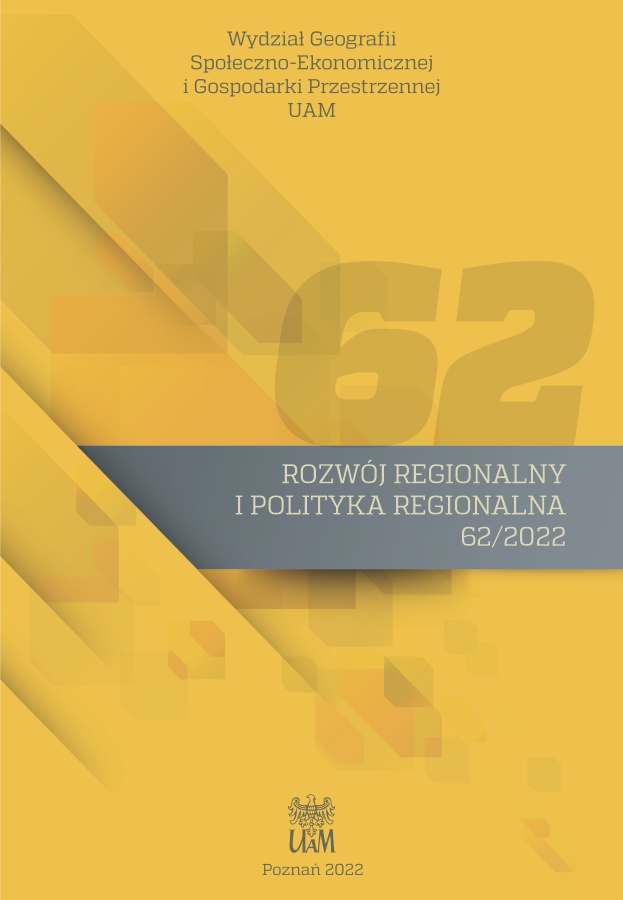Ocena wpływu krajobrazów wiejskich na konkurencyjność regionów metodą Bayesian Belief Network – przypadek Wielkopolski w Polsce
Assessing Impacts of Agricultural Landscapes on Regional Competitiveness with the Bayesian Belief Network Approach: A Case of the Wielkopolska Region in Poland
Author(s): Agata Malak-RawlikowskaSubject(s): Economy, Socio-Economic Research
Published by: Uniwersytet Adama Mickiewicza
Keywords: agricultural landscape; ecosystem services; regional competitiveness; Bayes-ian Belief Network; Chłapowski Landscape Park; shelterbelts
Summary/Abstract: The study focuses on the relations between the structure of the agricultural landscape and its contribution to regional competitiveness, which is understood as an ability to generate relatively high profits from economic activities, at the same time assuring employment and wellbeing of the society. The causal connections between landscape management, socio-economic benefits and mechanisms influencing the income level have been described and analyzed on the example of the agricultural region, which is located within the area of Chłapowski Landscape Park in the Wielkopolska region of Poland. In order to characterize a unique landscape structure in Chłapowski Landscape Park with the use of GIS, soil maps and other materials, we prepared detailed maps of the selected region, and compared it to two agricultural areas of distinctly different landscape features, but located in the neighbourhood, adjacent to each other. On the basis of the prepared maps, the composition and structure of the landscape have been calculated. The complexity (diversity and concentration levels) of the landscape was expressed by two indicators – the Shannon Index (H) and Herfindahl-Hirschman Index (HHI). Then the Bayesian Belief Network method was applied to measure the impact/contribution of different elements of the landscape structure on regional competitiveness, and to estimate the strength of causal connections between landscape management, socio-economic benefits and mechanisms influencing regional competitiveness. Benefits from the landscape for regional competitiveness in Chłapowski Landscape Park are clearly connected with agriculture supported by shelterbelts and their regulating (protection) function. However, it was found that all the considered landscape elements (fields, forests, shelterbelts, and water reservoirs) have a positive influence on regional competitiveness, but with different strengths. Agricultural land (fields and permanent grasslands) has the strongest, positive impact on the competitiveness of the region due to its essential role in providing ecosystem services.
Journal: Rozwój Regionalny i Polityka Regionalna
- Issue Year: 2022
- Issue No: 62
- Page Range: 163-182
- Page Count: 20
- Language: Polish

